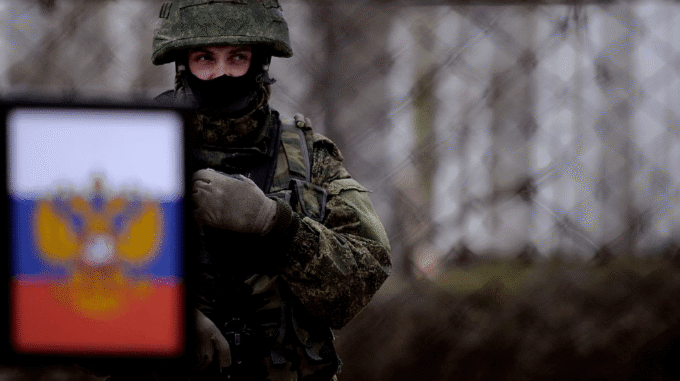Russian military forces are increasingly depleting their resources by sending poorly trained recruits to the front lines as part of a ruthless tactic of infantry assaults

According to the Institute for the Study of War (ISW), the Kremlin continues to pursue a range of heavy and risky strategic steps, making decisions that are often too costly—with significant casualties among their soldiers. This is done with one goal in mind: to strengthen their positions in future negotiations with Ukraine and the United States, solidify dominance, and demonstratively elevate their military potential. The analysis organization specializing in military events notes that Russian occupiers are striving to quickly restore their forces despite substantial losses observed across every square kilometer of Ukrainian land. Research indicates that the Russian army is undergoing intensive personnel buildup to replace losses and increase the overall number of military formations in the region. Sources suggest that Russian President Vladimir Putin is allegedly willing to accept significant casualties to achieve tactical objectives and to build more favorable positions for further diplomatic pressure. On May 13, Vladimir Putin stated that every month, between 50,000 and 60,000 volunteers join the Russian army. This underscores Russia’s ability to rapidly replenish its forces, although most of these troops are of low quality and untrained. As part of this process, recruits undergo only a one-month basic training before being deployed directly into combat zones. ISW believes that Russia is actively employing mass assault tactics involving poorly armed and underprepared soldiers who, despite high losses, continue efforts to seize key territories. It is important to note that such a strategy proves to be quite costly for Moscow, given the ongoing human losses, which mirror those recorded during previous large-scale offensives in the fall of 2024. Although the push forward slowed in the first months of 2025, Russia persistently seeks to maintain the level of mobilization and expand its front lines. This indicates the Kremlin’s desire to stay in position and even intensify such strategies, rapidly deploying large numbers of low-quality troops to thwart Ukrainian counteroffensives and strengthen its own military positions. Furthermore, Russia is actively seeking diplomatic opportunities to advance its interests. Official figures and military commanders are attempting negotiations with the United States to gain additional concessions or to bolster their positions through diplomatic efforts. At the same time, the Kremlin is preparing more intensively for new combat operations and aims to leverage any chance to achieve its goals—including through strategies that involve deploying low-skilled forces in the fiercest battles. Thus, the Russian command demonstrates an intention to employ mass mobilization tactics and compete for human resources, striving to compensate for catastrophic losses and maintain its presence in the conflict.

